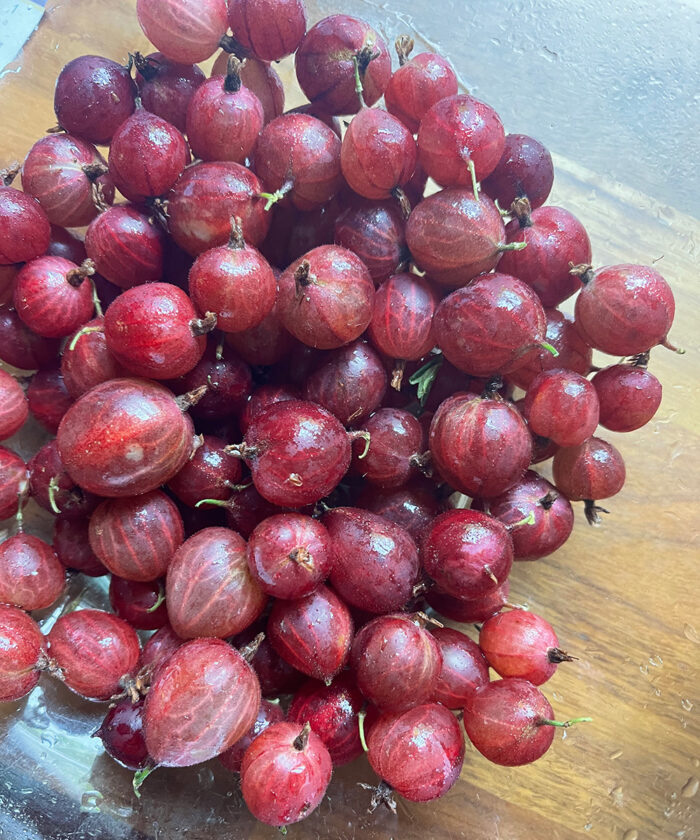
Soft fruits like currants and gooseberries (which are related, as they are both within the genus Ribes) are often overlooked fruits for Northeastern gardens. These are very hardy fruits (some to Zone 2 or 3) that have long been cherished as garden crops in Northern Europe and Scandinavia and are highly valued by knowledgeable home cooks for various uses, such as making jams and jellies and even juice and pickles.
Where to plant
One doesn’t need a lot of space to grow currants and gooseberries; a couple of raised beds or a hundred square feet along the edge of a vegetable garden will do. They are essentially small shrubs that rarely grow taller than 5 feet. Traditional growing methods were generally quite simple, as these shrubs were often crops that a farmer might include along the boundary of a garden or near a chicken coop. While an unmanaged shrub might grow tall and wide, there are ways to fit in many plants tucked into a smaller area.
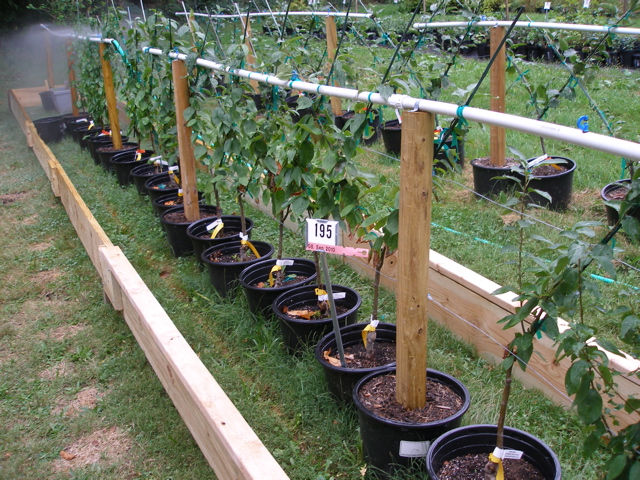
The Belgian fence method
The Belgian fence is a type of simple espalier in which many plants can be grown in a small space. Plants are placed close together and trained to two stems growing in opposite directions. These stems crisscross to create a lattice pattern with other stems, creating a fence-like espalier. This is a method long used by French and other European growers for a wide range of fruiting trees and shrubs, including wine grapes, where having more plants is better than having just a few. Kept pruned, a Belgian fence not only looks attractive but allows for a greater number of plants per square foot. Red currants (as well as pink and white currants) are well-suited for growing in a Belgian fence. Black currants are not the best choice, as their growth habit is shrubbier. They are better left growing as a hedge.
Such a planting does require a bit more work up-front, though. You’ll need more plants per row, so the initial investment might be more expensive, but more plants means more fruit. The labor, however, is rather minimal once the setup has been established.
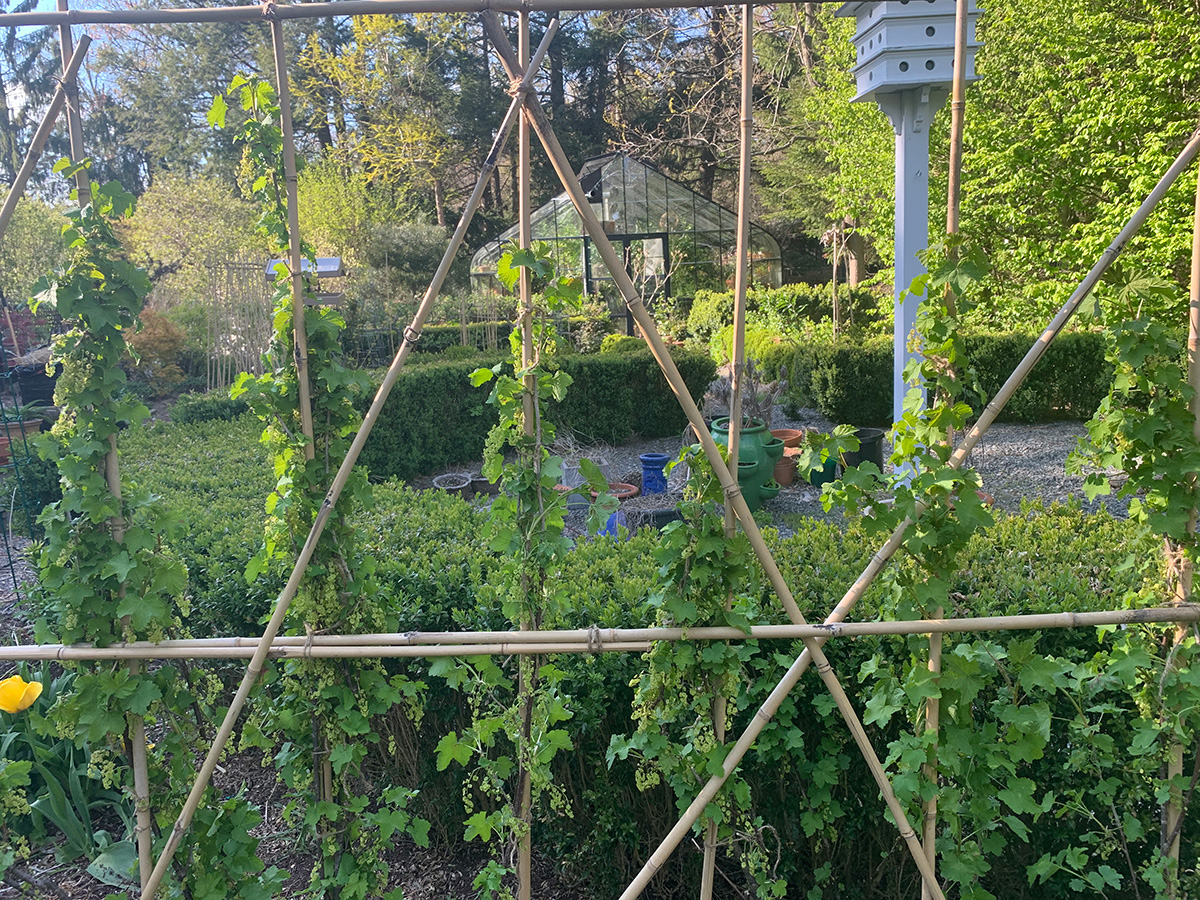
Other training options for currants
The trick with red currants that are not grown in a Belgian fence is to reduce the volume of branches or canes on each plant to six or seven. The younger canes that are two- to three-years old bear the most fruit. Remove any older canes, and trim the two- and three-year-old canes by one-third their length in late winter. Always allow a couple of new canes to grow each spring, and you’ll be all set up for good fruit production every year.
In the end, each plant may have about 10 canes that should be tied to a structure or grid of your choice, and here is where one can get fancy or practical. Bamboo poles tied into any grid are both attractive and economical, but such a structure will require some annual maintenance with replacing twine or older bamboo. A simpler system can be constructed using two or three posts (metal or cedar), with wire tightened with a turnbuckle between them in very much the same way many wineries train their wine grapes.
Other training options for gooseberries
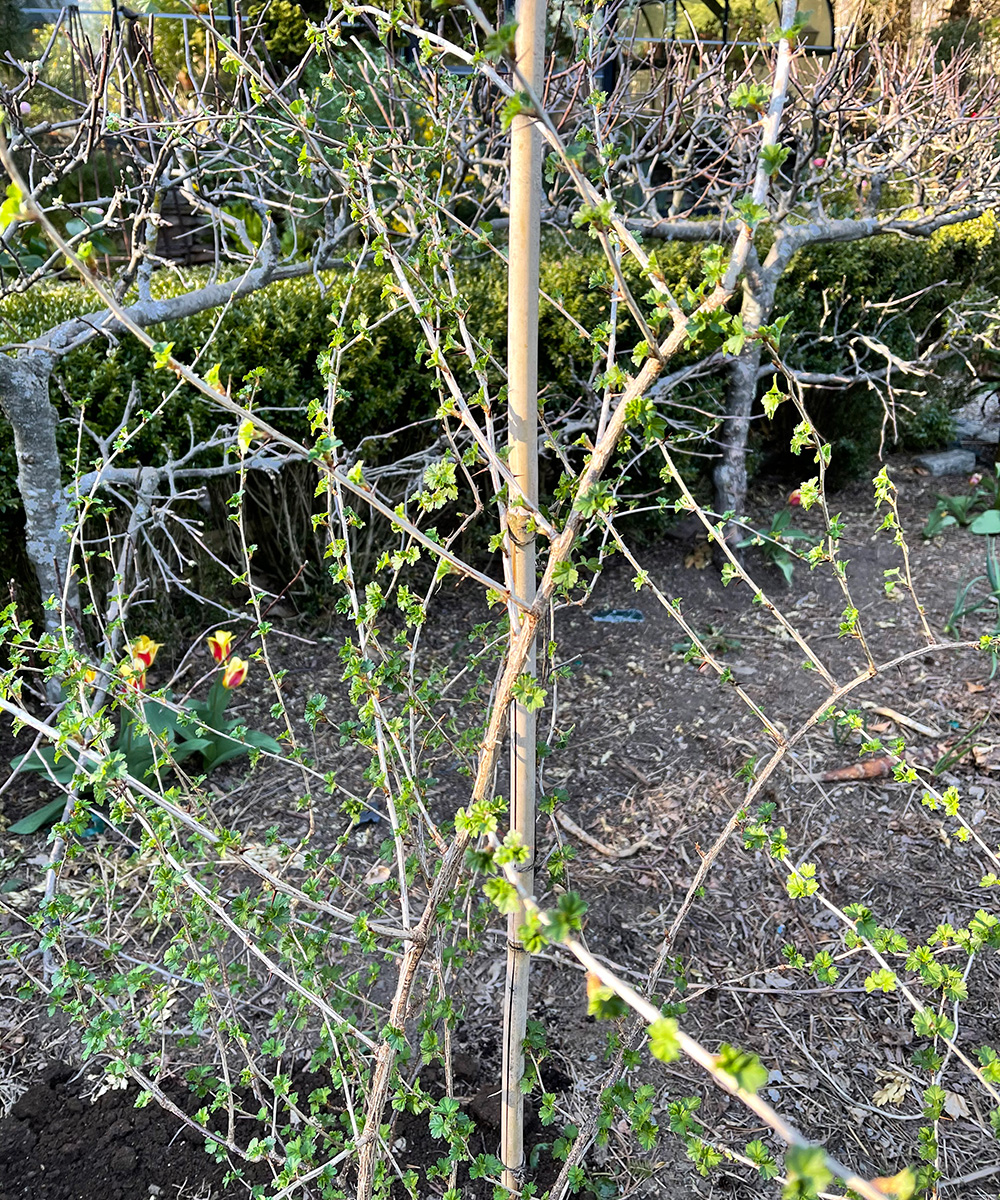
Gooseberries respond very well to similar methods, but again, you will need more plants per row if you set out a plant every 24 inches. Look for varieties that aren’t dwarf, and be mindful of the thorns when tying canes. With gooseberries, you can allow the canes to grow a bit older, as fruit is set on older wood more readily. Prune canes older than five years old down to the plant’s crown, which will stimulate new canes. Aim for 9 to 12 canes per plant.
Note: Currants and gooseberries are still restricted in some municipalities in the Northeast, as they can host white pine blister rust (Cronartium ribicola). Check with your local or state department of agriculture regarding permits or quarantines, or if any restrictions apply.
—Matt Mattus is the author of two books: Mastering the Art of Flower Gardening and Mastering the Art of Vegetable Gardening. He gardens in Worcester, Massachusetts.


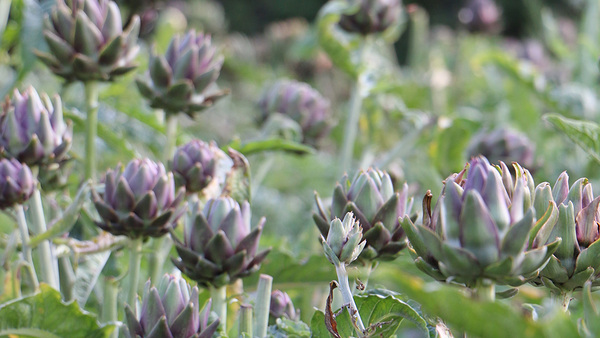

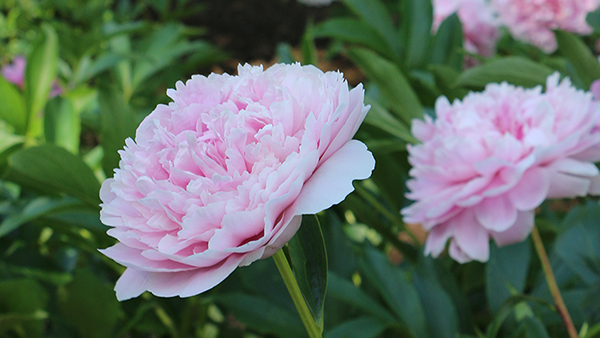
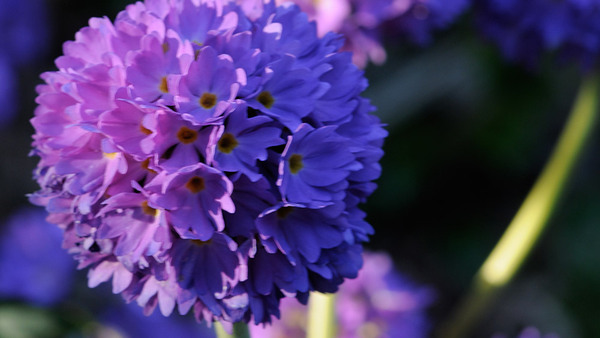












Comments
Log in or create an account to post a comment.
Sign up Log in